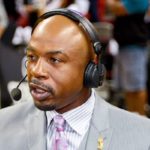10. Ronald Reagan
Reagan is the only post-1929 President to be listed, and one of only two on this list who served in the 20th century. Reagan was quoted as saying that “the heart and soul” of conservatism is libertarianism. Additionally, he is much less hawkish than some modern conservatives wish to remember. While many of his efforts to shrink government were hindered by Congress (and Reagan himself favored some big government with projects like the War on Drugs), Reagan truly made it cool again to believe in small government.
9. Zachary Taylor

Taylor was President for a little over a year before his death in 1850. He signed the Clayton-Bulwer Treaty with the UK, which prevented either of the countries from seizing the Nicaragua Canal. In an attempt to prevent slavery from spreading to the Southwest, he opposed the Compromise of 1850.
8. Rutherford B. Hayes

Hayes oversaw the end of Reconstruction, working to protect black Americans who were being oppressed in the South. He was in favor of the gold standard and ended the “spoils system,” thereby appointing government officials by merit rather than through their political associations. He was a firm follower of the Monroe Doctrine, believing that the US should not intervene in other countries’ business. However, he used federal troops to break up the Great Railroad Strike.
7. George Washington
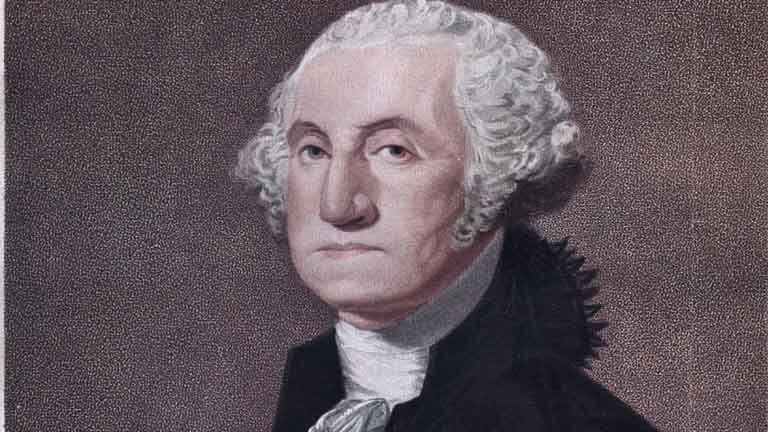
The Father of our Country, Washington was tasked with an unbelievable job: he was supposed to set the example for every person who followed him in office. He famously refused to be referred to in royal terms and graciously stepped down after his second term. In his Farewell Address, he warned against entangling alliances abroad, as well as a political party system. On the negative side, he appointed and followed the advice of central banking advocate Alexander Hamilton and used the military to break up the Whiskey Rebellion.
6. Martin Van Buren
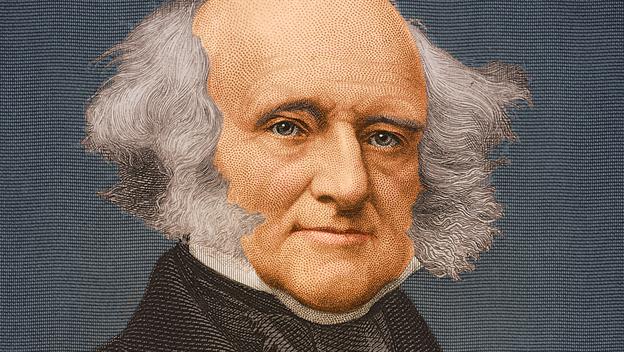
Van Buren sought diplomacy with Mexico, in contrast to the hawkish policies of Andrew Jackson. He also advocated for lower tariffs and free trade. Throughout the Panic of 1837, he practiced free market policies, refusing to get the federal government involved. Van Buren did, however, follow through with the Trail of Tears plan enacted by Andrew Jackson.
5. John Tyler

Tyler assumed office after the death of William Henry Harrison (who some may claim is the most libertarian President because he did not live long enough to do anything). Tyler served nearly a full 4-year term and used his veto power often, using it on the Third Bank on two separate occasions. He also ended the Second Seminole War and did not use federal troops during the Dorr Rebellion. However, he did annex Texas, which would eventually lead to the Mexican-American War.
4. Thomas Jefferson
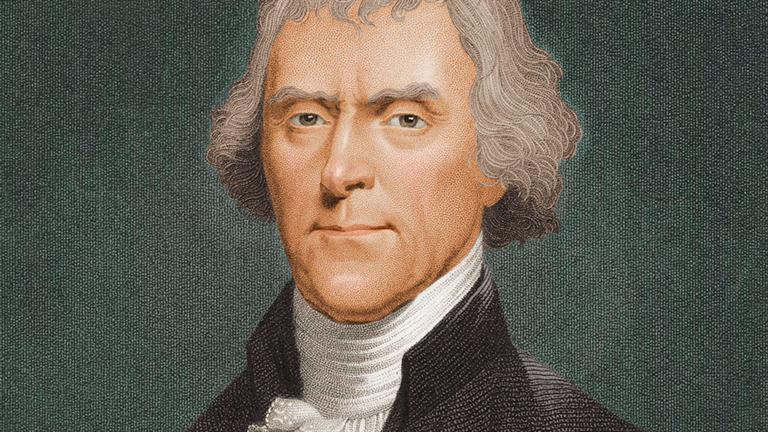
Thought of by many as the epitome of modern-day libertarianism, Jefferson did his best to enact pro-liberty policies once he became President. He eliminated much of the “Hamiltonian” government excess that had been left behind by Presidents Washington and Adams. He also banned slavery in the Northwest Territory, as well as banning the International Slave Trade in 1807. While some libertarians may decry the Louisiana Purchase, Jefferson is documented as having been very hesitant and thoughtful about the constitutionality of his actions.
3. James Madison
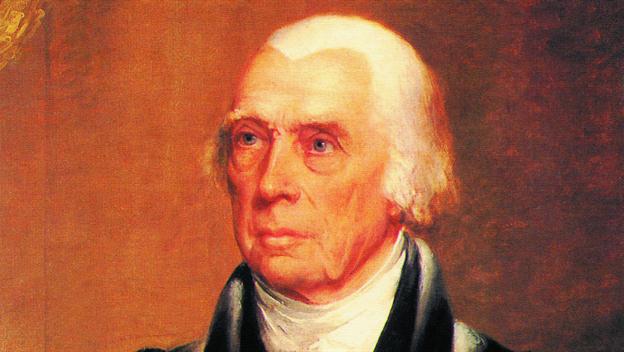
The Father of the Constitution, Madison very much continued the legacy of his predecessor Jefferson. Because of the successful economic policies of Jefferson, Madison inherited a budget surplus, and chose to cut taxes. He continued the assault on Hamilton’s national government infrastructure. He vetoed the creation of the Second Bank in 1814. Following the War of 1812, Madison had to deal with an opposition Congress, and government therefore saw some growth. However, in his final act as President, Madison vetoed the Bonus Bill of 1817, and used the occasion to criticize the Congress for so broadly interpreting the Taxing and Spending Powers of the Constitution.
2. Grover Cleveland
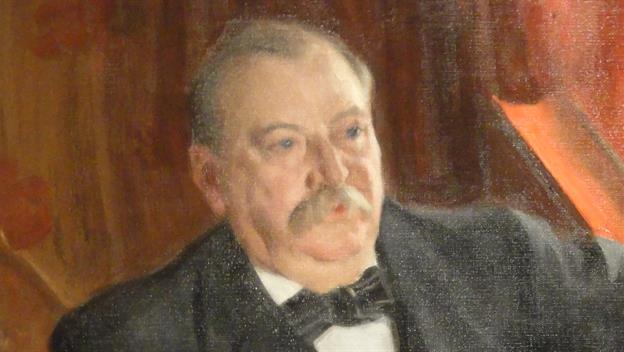
The only President to serve non-consecutive terms, Cleveland was one of the final “small government” Democrats. Upon his election, much like Hayes, he fought against the spoils system and additionally reduced the number of government workers. He opposed American imperialism and on several occasions prevented the US from engaging in military action.
1. Calvin Coolidge
“Silent Cal” tops our list for his role in cementing modern-day libertarian principles. Much like Reagan, Coolidge used the bully pulpit in an attempt to change the perception of how government should work. In an era which would see big government tax-and-spending Presidents like Theodore Roosevelt, Woodrow Wilson, Herbert Hoover and Franklin Roosevelt, Coolidge stood apart. He succeeded Warren G. Harding in 1923 and served almost six years in the White House. He cut taxes substantially on at least three occasions and appointed laissez-faire actors to government agencies like the Federal Trade Commission and Interstate Commerce Commission. The federal debt was reduced by one-fourth as state and local governments grew substantially and surpassed the federal budget. Coolidge also vetoed farm subsidies, disdained federal intervention in flood control, spoke in favor of civil rights for blacks and Catholics and was wary of foreign entanglements.




